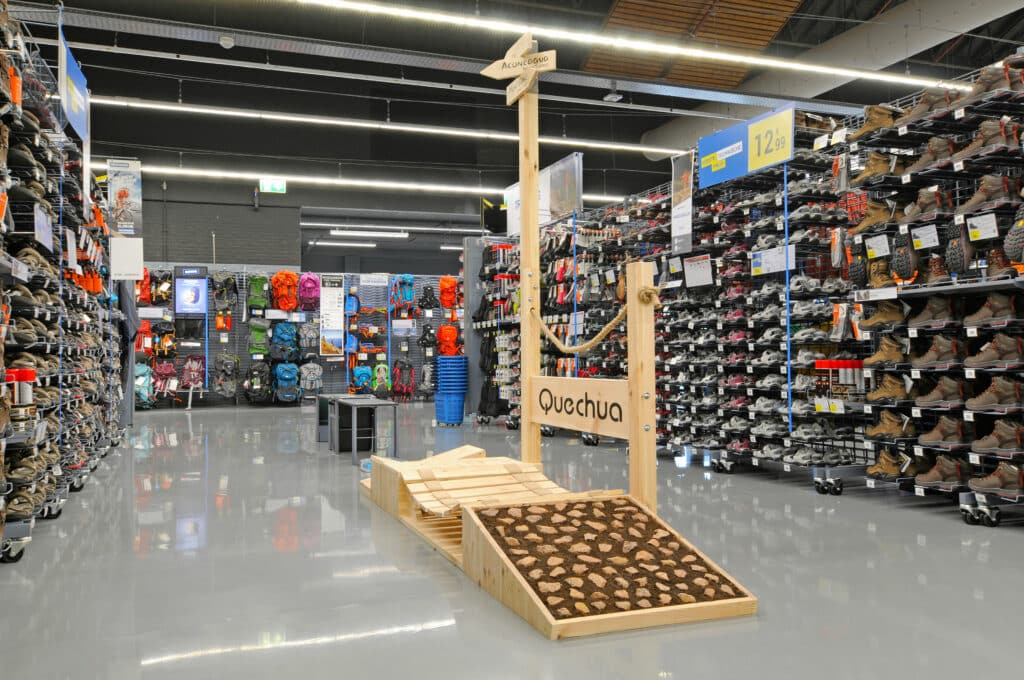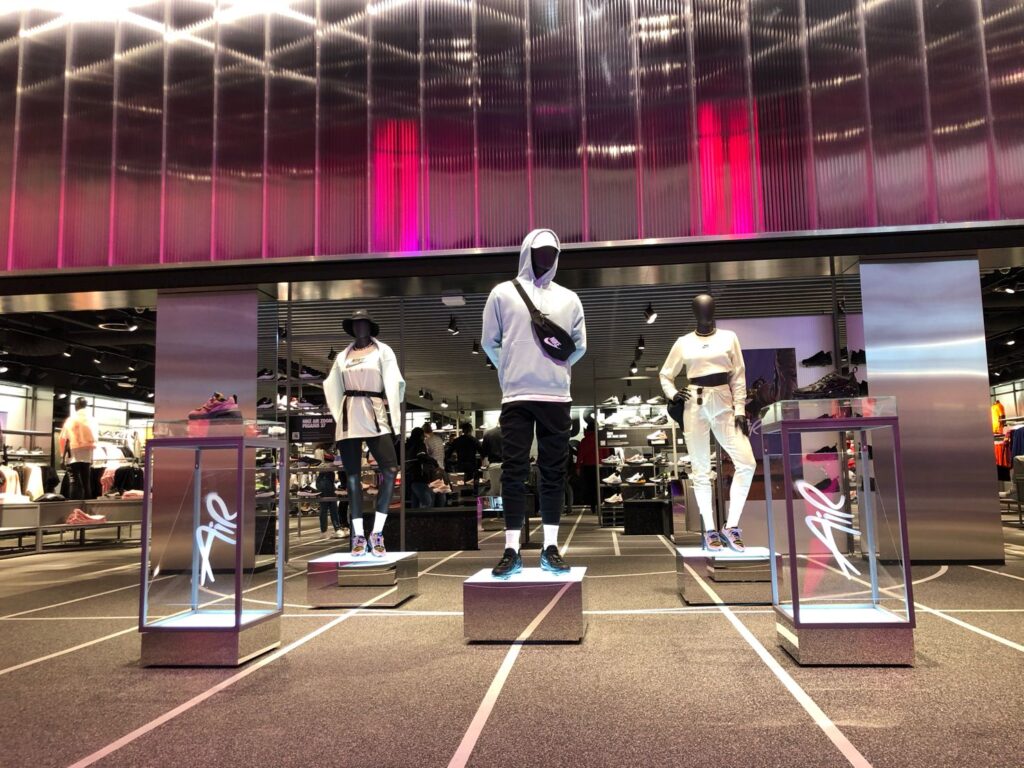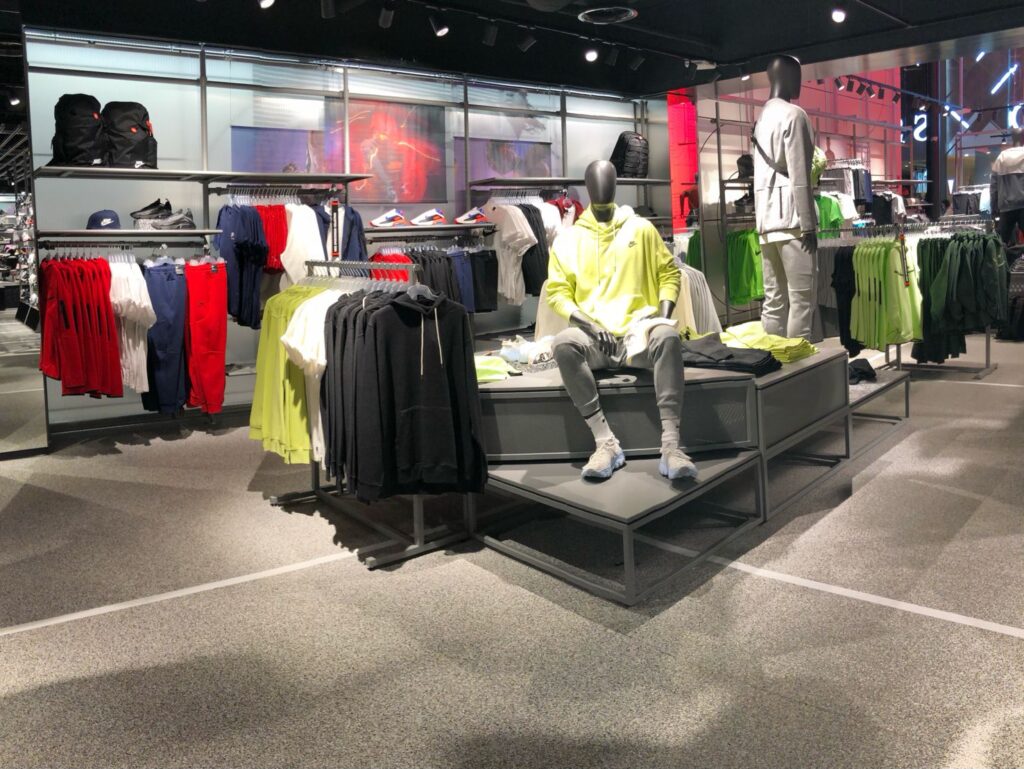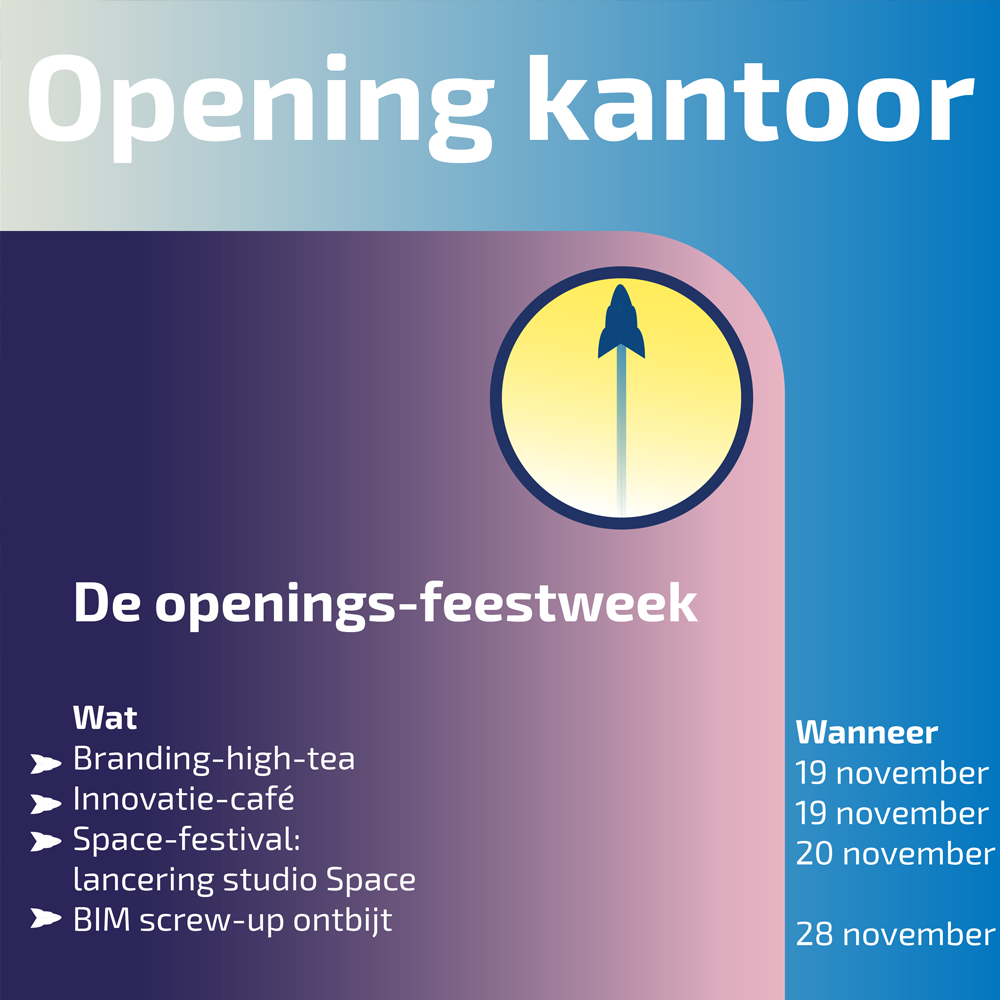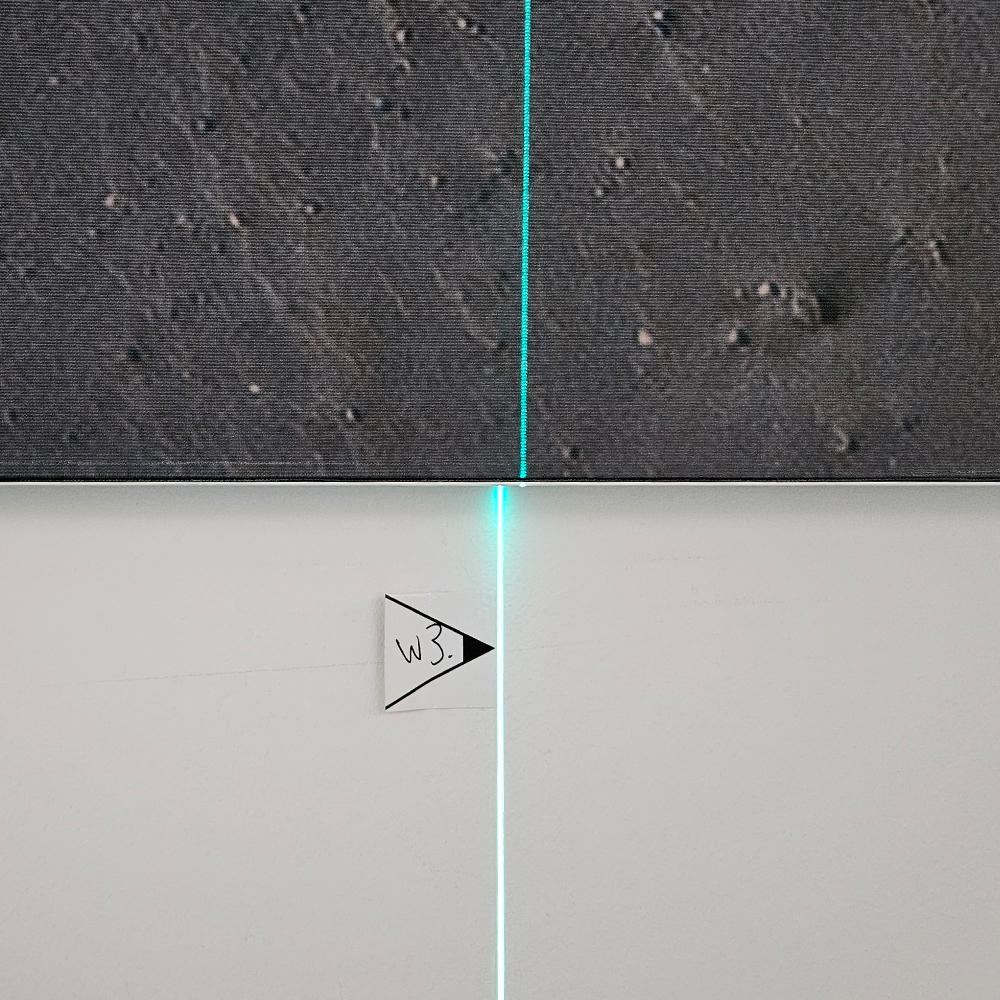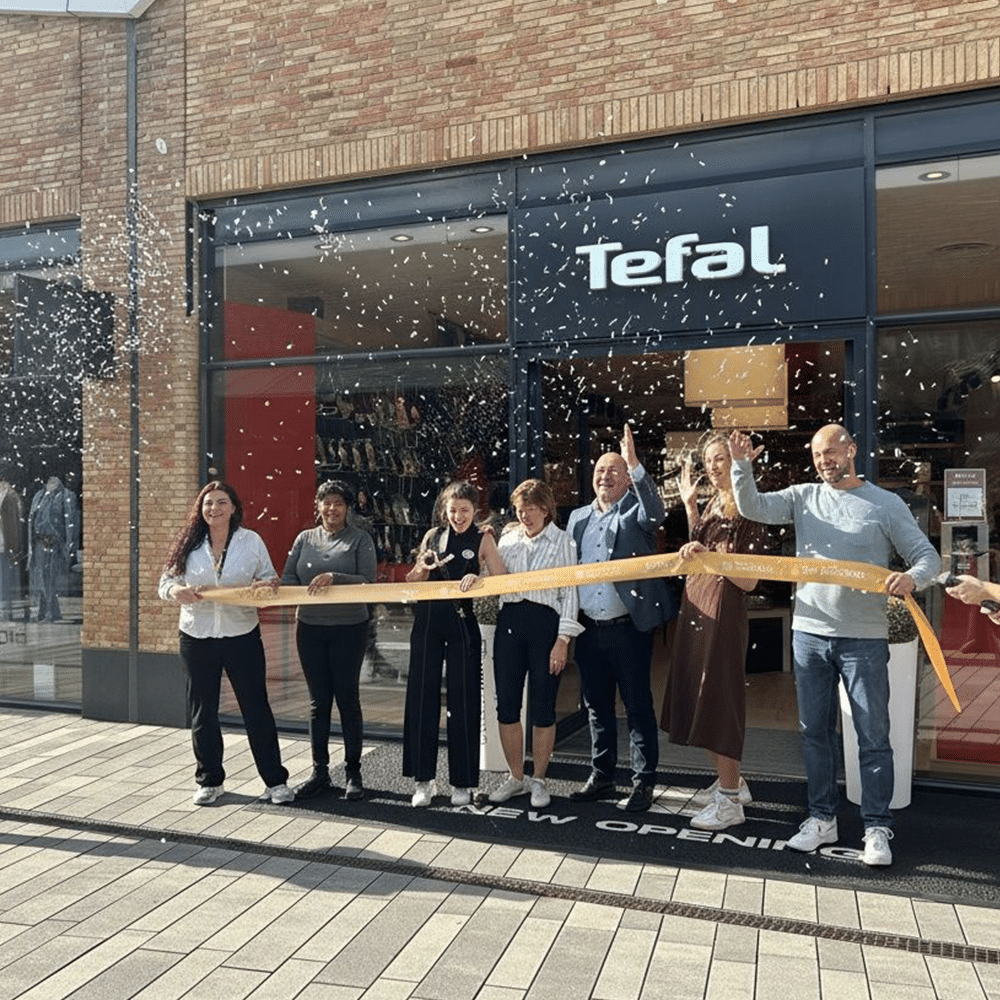Brand experience is at the heart of the customer.
Do brand perception and Valentine’s Day have anything to do with each other?
Except that through careful and more consistent branding, Valentine’s Day has become a commercial phenomenon?
A brand, a “brand,” is more than its appearance, than the design of a logo, a product or a service. A brand, according to Marty Neumeier in“The Brand Gap,” is “a person’s gut feeling about a product, service or organization.
It is a gut feeling because people have an emotional, intuitive disposition. The final arguments are more as substantiation of feeling than the other way around. Entrepreneurs also often hear you say “when in doubt don’t do it” or “trust your gut. So will there be a clear kernel of truth in that after all?
So your brand exists in the perception of customers and consumers. They determine how you are perceived as a brand. And so that’s much broader than what you do or what you say. It’s mainly how you do it.
The big difference between identity and brand perception is perception. An identity is how you present yourself. Brand perception is how you are seen.
A customer who experiences choice stress due to too much choice and too many equal offerings will, according to Marty Neumeier, base his feelings primarily on trust. And trust comes from meeting customer expectations.
So that’s what Brand Experience and Valentine’s Day have in common: it’s about feeling, it’s in your heart.
So how does Design contribute to it, if it is mostly about trust? Trust comes from meeting your customer’s expectations. But the design, whether graphic or spatial, determines the expectation there.
If your proposition is to make sports accessible to everyone (Decathlon) then you need to ensure accessibility in your design. Graphics that everyone can understand and a design that is clear and functional.
Branding and branding in interior design
The expectation created starts as early as the brand experience at home, on the road, through advertising and print. But the follow up when you step over the threshold is our field of work of interior design. We reinforce a brand by using in design
- the affirmation of an identity through color
- a specific form, formal language, symbols or signs
- creating an ambiance that reinforces the identity
- the use of certain materials, lighting and furniture in interior design
- the use of slogans, taglines and subliminal messages in the interior that would
In this way, we ensure that the brand experience is repeated and sharpened. Thus, we cannot always determine whether the product or service meets the customer’s expectation, but we can determine what customer expectation arises that must be met.
Strategy versus creativity
Brand strategy focuses mainly on the analytical side: the offer, the target audience, linear thinking, verbatim communication. The creative side is stronger on the intuitive side; the spatial, emotional and visual.
When both sides work together, an appealing, charismatic brand is created: something that the customer does not perceive as an alternative. The above images are all interior shots of sports brands and retailers.
But Decathlon gives a different promise than Nike: Nike is the innovator, the brand you clearly experience since the 90s as a pioneer in new techniques and partner of great athletes. This is reflected in a design with exciting materials, a sports floor, layering of semi-transparent materials and a very spacious layout. Decathlon makes sport accessible to everyone: there is a full range of offerings in a clear environment.
Both are true to their proposition, reinforcing the brand experience and message incorporated into their communications. When the customer’s expectation is met, the emotional preference for one or the other arises and thus brand preference. And that’s Branding: it’s in your heart. Happy Valentine’s Day!
^Justus Slaakweg


